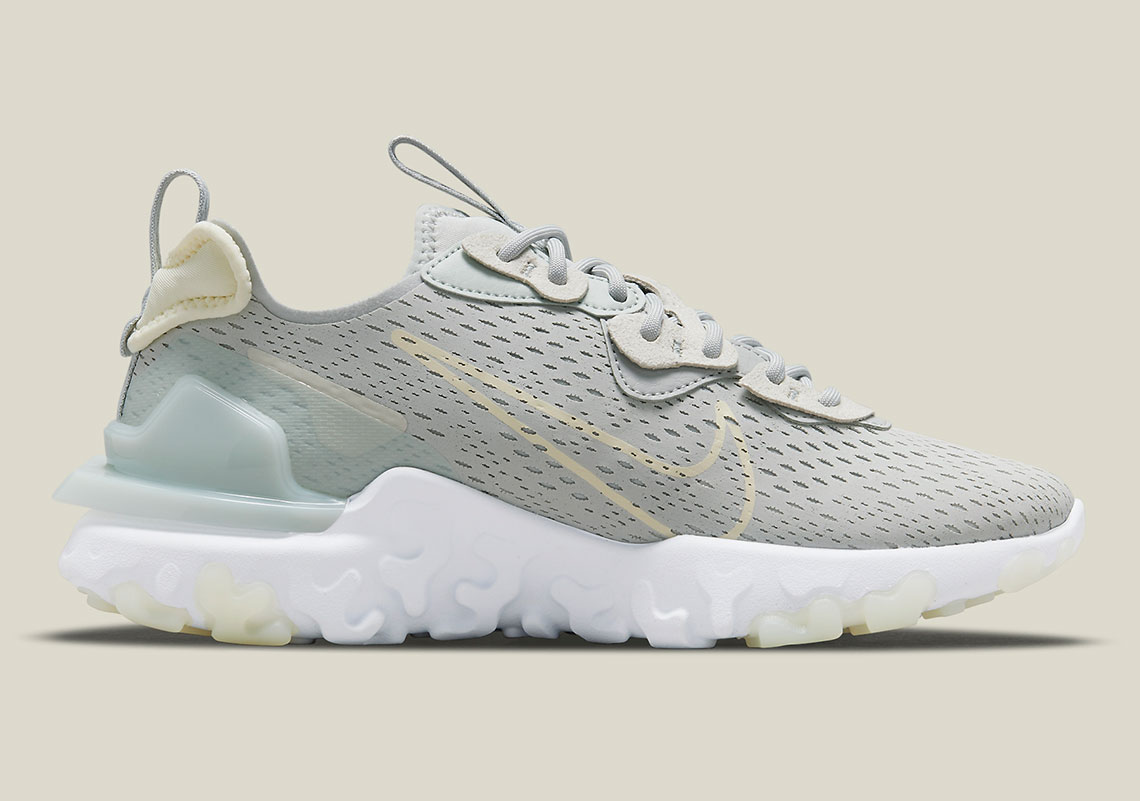

However, like all markets, it ultimately comes down to supply and demand - if a product has a community of collectors and an active market, trade will flourish.”Īnother milestone in the convoluted Dunk timeline – and a constant point of contention and conversation amongst men who spend the same amount of money as a Big Holiday on trainers – is the year 2002 and the launch of Nike's SB imprint. These sneakers are highly coveted, and over the past 30 days, the average SB Dunk has sold for 375% more than their average retail price. In addition to their world-class collaborations and storytelling, Nike Dunks have also proven to have incredible value.

“Nike Dunks have been one of the fastest-growing segments of our marketplace. “The global sneaker resale market is experiencing massive growth - with an anticipated market size of over $30 billion by 2030 - and we’ve seen that first-hand on StockX,” says Jesse Einhorn, Senior Economist at the site. Fancy a pair of 'Chunky Dunkys'? That will be around £1,500 on StockX, please. Proving the shoe's long-standing versatility and appeal as a wet dream for collaborators, last year Nike partnered with names, brands and bands as eclectic as Cactus Plant Flea Market, The Grateful Dead and the aforementioned Ben & Jerry's. In 2001 Nike collaborated with Stüssy, the first time it had partnered with a clothing company, creating a ‘hype’ moment that was a precursor to the raffle, queue, Palace, Abloh and Supreme fire extinguisher frenzy of modern day streetwear culture. By the early Nineties it had been repurposed as a skate shoe in the New York scene, where its flat, thin sole (remember how important that was?) and heavy-duty build made it a perfect crossover trainer. Spike Lee became an early adopter and the brand created special yellow and black editions for Wu-Tang Clan. By creating a shoe that, by design, worked across so many different colourways, Nike had laid down the foundations for the modern collaboration format.


 0 kommentar(er)
0 kommentar(er)
